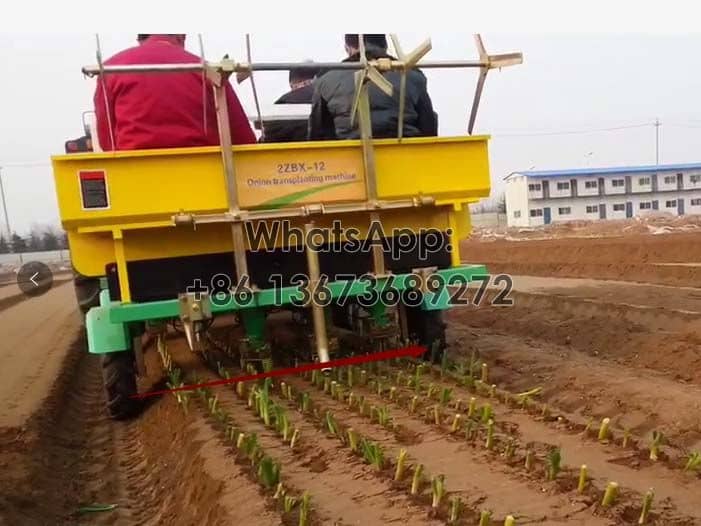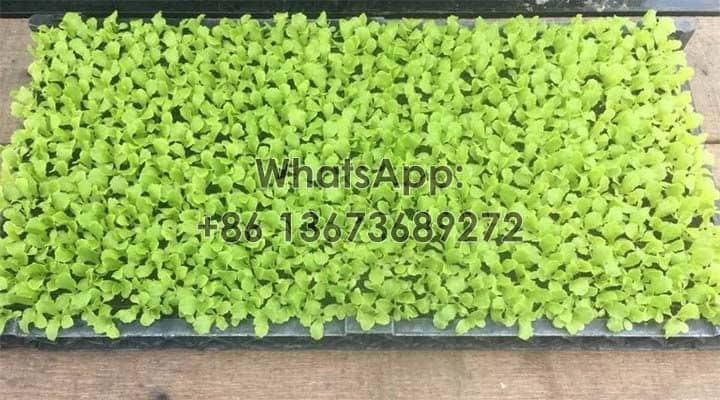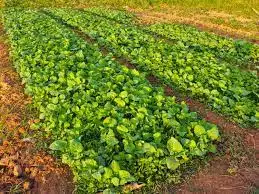Transplanting vegetable seedlings is a fundamental practice in agriculture with far-reaching implications for crop success. A vegetable transplanter machine is specifically designed for this task. Understanding the “why” behind this process is essential for anyone seeking to optimize their harvests. In this article, we’ll uncover the compelling reasons that make transplanting an indispensable technique in modern farming.
Improving crop success

In the realm of agriculture, transplanting vegetable seedlings is a common practice that offers a multitude of benefits. Give vegetables plenty of room to grow, increase profits, improve survival rates, etc. Whether you’re a seasoned farmer or a gardening enthusiast, it’s important to transplant vegetable seedlings timely. And our transplanter can help you achieve this process quickly and efficiently.
Scientific planting of vegetable seedlings
Vegetable seedling transplantation involves the delicate process of moving seedlings from a germinating environment to a more suitable growing space. The main reason for this practice lies in the science of plant development. In the early stages, seedlings are susceptible to a range of environmental factors, such as temperature fluctuations, pests and diseases. Transplanting allows growers to control these conditions more effectively, ensuring healthier, more wholesome plants.
Space optimisation


In many cases, seeds are initially sown close together in trays or seedbeds to save space and resources by nursery seeder machine. As seedlings grow, their roots need more space to spread and access nutrients. Transplanting them into individual locations or rows with adequate spacing ensures that each plant has ample room to grow, reducing competition for resources and promoting optimal growth.
Transplanting timing
Timing plays a crucial role in transplanting. The germination phase takes place indoors or in a controlled environment, allowing growers to synchronize planting with ideal growing conditions outdoors. This means seedlings are ready for transplanting when weather and soil conditions are optimal. Correctly timed transplants can extend the growing season and maximize crop yields.
